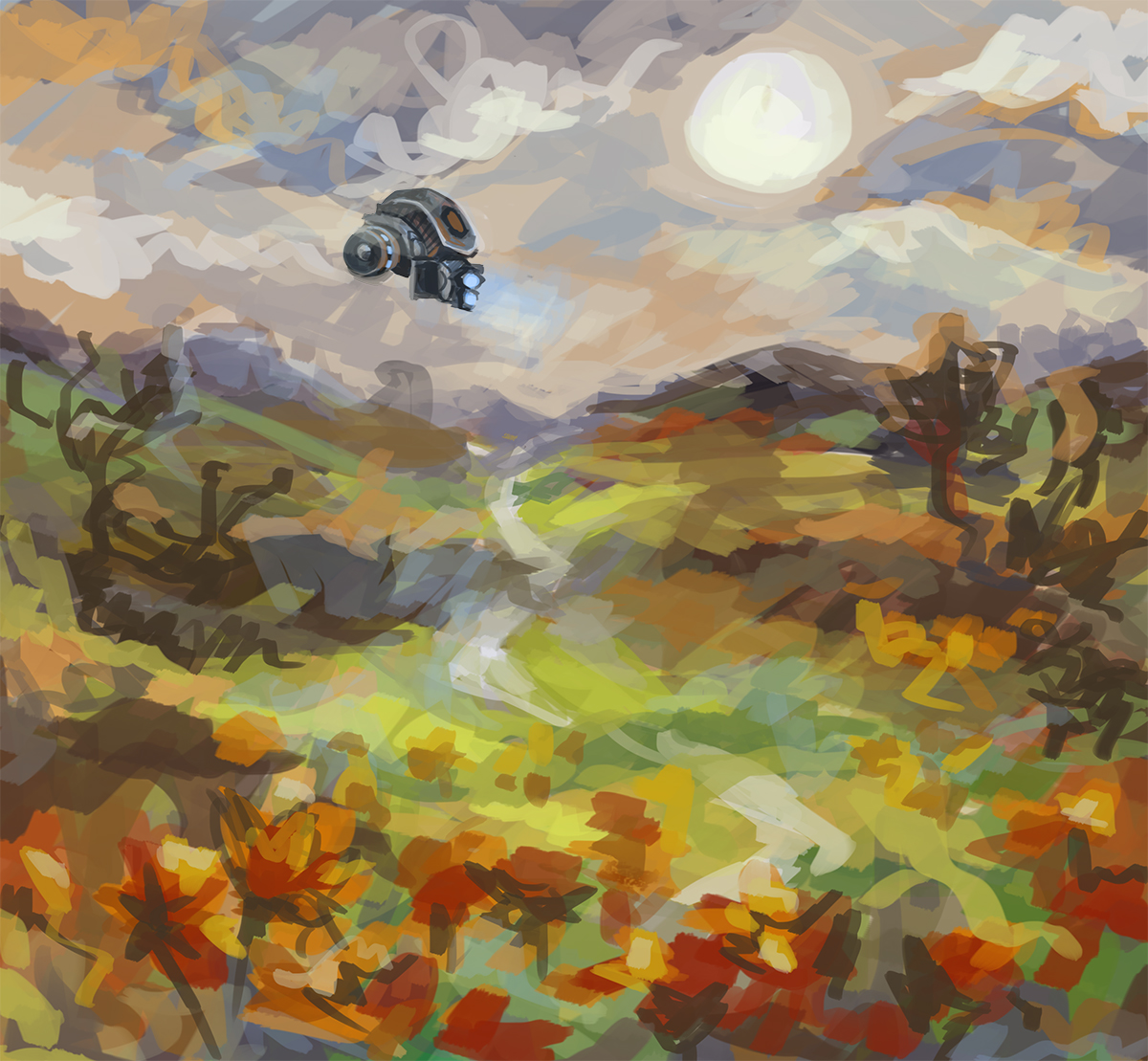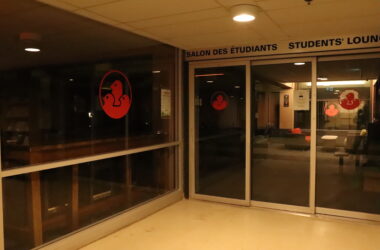For their required MECH 463D1 Design 3 Mechanical Engineering Project course, four U3 Mechanical Engineering students aspire to build a solar-powered unmanned aerial vehicle (UAV) that will exceed the continuous flight time of agriculture UAVs currently on the market.
A Design 3 course, commonly referred to as a “capstone project,” spans two semesters and requires students in their final year to develop a mechanical device from start to completion. In the past, students have created off-road vehicles, bridges, and concrete canoes for their Design 3 capstone projects.
Callaghan Wilmott, Elie Bou-Gharios, Matthew Morgan, and Adam Targui intend to create an autonomous solar-powered drone to detect changes in water density and crop stress on farms and, as a result, further the use of artificial intelligence technology in agriculture.
The students will collaborate with three other teams of undergraduates from the Electrical and Computer Engineering (ECE) department to create the UAV. Assistant Professor Jovan Nedic (Mechanical Engineering), Associate Professor Brett Meyer (ECE), and Associate Professor Margaret Kalacska (Geography) will supervise the drone’s development.
“There are lots of questions that farmers would like to have answered but they either don’t have the technical expertise or the human resources to go and do this,” Meyer said. “So, this particular drone project would allow a farmer to […] keep better track of what’s happening with their crops [….] and ideally, [farmers] can do this all without needing to build their own drones or contract with people.”
While designing a project is a requirement of the McGill Engineering curriculum, the team insists that participating in the drone’s creation will not be exclusive to students in the Faculty of Engineering. In fact, Wilmott encourages non-engineering students to join the solar-powered UAV project in hopes of diversifying the skill set of their team as a whole.
“We are dominated by engineering students […] and we do need skills that non-engineers can provide,” Wilmott said. “Creative skills like [web design], admittedly, we lack quite a bit [….] That’s one thing that we really need as a business. So, there are definitely opportunities for non-engineering students to get involved and we would definitely like to see that kind of involvement.”
Beyond seeing out the planning and design for the drone, the team is also responsible for financing the project. To garner sponsorships, the team’s business lead Alexander Gobran, U2 Arts, focused on companies in the energy sector. Early sponsors for the drone include The McGill Institute for Aerospace Engineering, EDF Énergie Nouvelles, Canadian Solar, and Leclanché. According to Gobran, the drone’s selling point is its potential flight efficiency.
“Right now a typical UAV used for land surveying must come down every 45 minutes to one hour to recharge or switch battery, which costs money and time,” Gobran wrote in an email to The McGill Tribune. “Our goal is to use solar energy to have our UAV fly for 10 hours which would provide great time and money savings. [….] It is also beneficial that UAV and solar technologies are at the forefront of modern innovation.”
Though the project is set to finish at the end of the Winter 2018 semester, the team hopes for the drone project to continue extracurricularly beyond that point. As Co-Directors of AERO McGill, a recognized Engineering Undergraduate Society design team, Wilmott and Targui aspire for the project to become a multi-year extracurricular enterprise that future students can continue to improve upon.
“AERO has accepted to undertake the challenge of creating a solar-powered unmanned aerial system and has created a special projects division for that purpose,” Targui wrote in an email to the Tribune . “This project stemmed from our belief that it is important to push the boundaries of aviation.”








